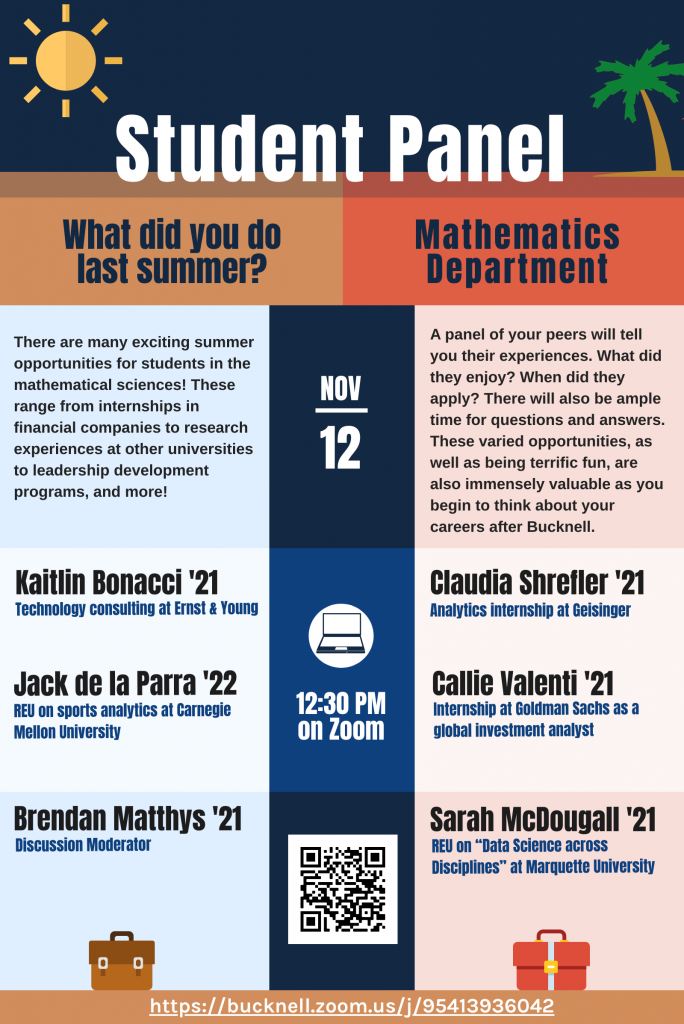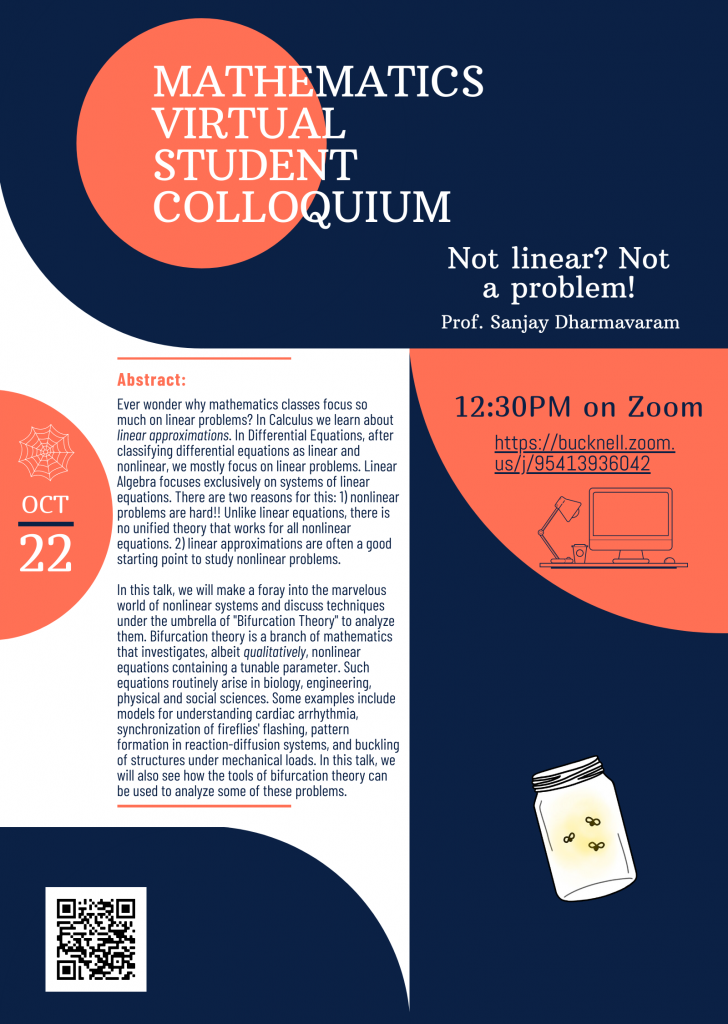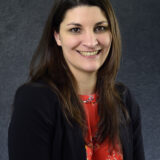Student Colloquium Talk by Professor Michael Reeks.
Abstract:
Anyone who has ever shoved a pair of headphones in their pocket knows about the following general principle of the universe:”Any flexible strand will tie itself in knots as soon as it’s given the opportunity.” As such, knots are ubiquitous in nature and art:
– DNA strands, so often pictured as tidy helices, actually spend most of their time hopelessly knotted;
– the way in which proteins interact and function depends heavily on the way they are folded, or knotted, together;
– and some of the oldest known art is based on complex patterns of knots.
Mathematicians, always ready to help out, have therefore tried to study and classify knots for decades. In this sadly pizza-less talk, I’ll introduce the mathematical theory of knots and knot invariants, which are tools that can help us tell knots apart. I’ll explain how some basic questions in knot theory tie into sophisticated topics of current research, and explain a few fascinating ways in which knots arise in chemistry, biology, physics, and art.
Flyer: https://tinyurl.com/y4fwvzjh
Video (Bucknell login required): https://mediaspace.bucknell.edu/channel/Mathematics%2BDepartment/184494973





